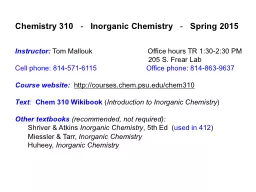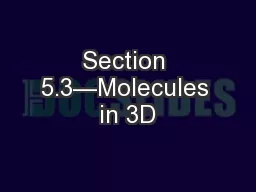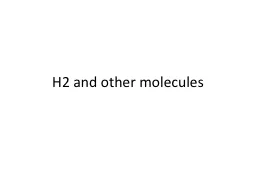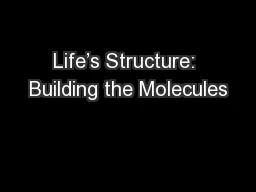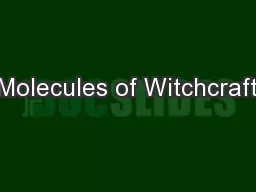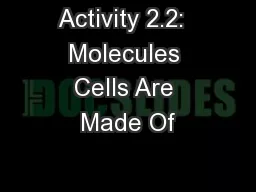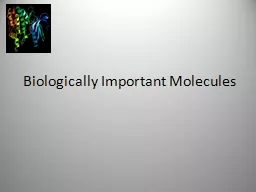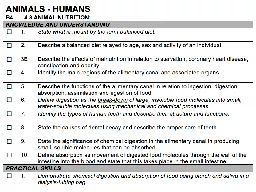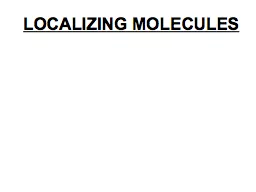PPT-Molecules Around Me Chemistry Project
Author : tatiana-dople | Published Date : 2015-11-03
By Kristoffer Stuvstad Category A Food and Nutritional Supplements Product Information Name Pepsi Description A carbonated soft drink Ingredients all ingredients
Presentation Embed Code
Download Presentation
Download Presentation The PPT/PDF document "Molecules Around Me Chemistry Project" is the property of its rightful owner. Permission is granted to download and print the materials on this website for personal, non-commercial use only, and to display it on your personal computer provided you do not modify the materials and that you retain all copyright notices contained in the materials. By downloading content from our website, you accept the terms of this agreement.
Molecules Around Me Chemistry Project: Transcript
Download Rules Of Document
"Molecules Around Me Chemistry Project"The content belongs to its owner. You may download and print it for personal use, without modification, and keep all copyright notices. By downloading, you agree to these terms.
Related Documents


